It’s a dangerous world out here
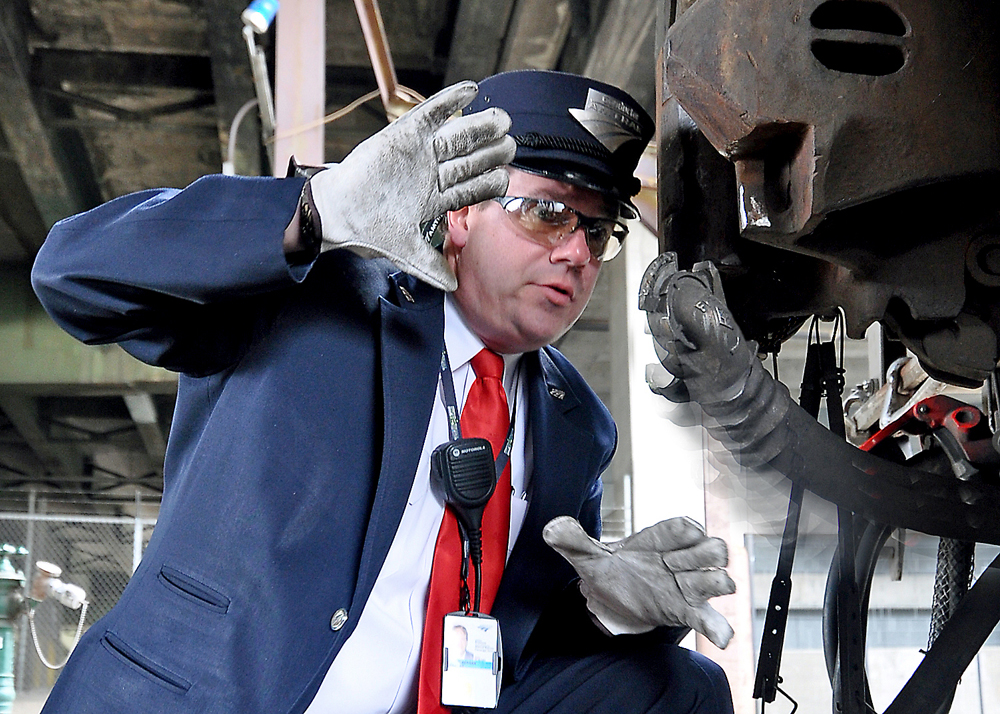
I heard from a reader who’d recently become a railroader. A camera tot’n railfan (as I had once been) — and a very good one, at that. My first response was to congratulate him. My next impulse was to offer a heartfelt warning. “Whatever you do, be careful. It’s dangerous out there.”
“Safety First, Always.” It’s the way we live — not merely a cliched expression. Without constant vigilance and situational awareness, too often, it’s the primary reason railroaders suffer injury or death.
I gave up counting the number of times I was hurt performing my job, both as a rookie brakeman, and later as an engineer. My “higher education” in the art of railroading consisted of five [non-paid] days, being tutored by men who’d spent the better part of their lives jumping up and down off moving equipment, walking the top of boxcars in the pouring rain, or riding the end platform of a yard engine.
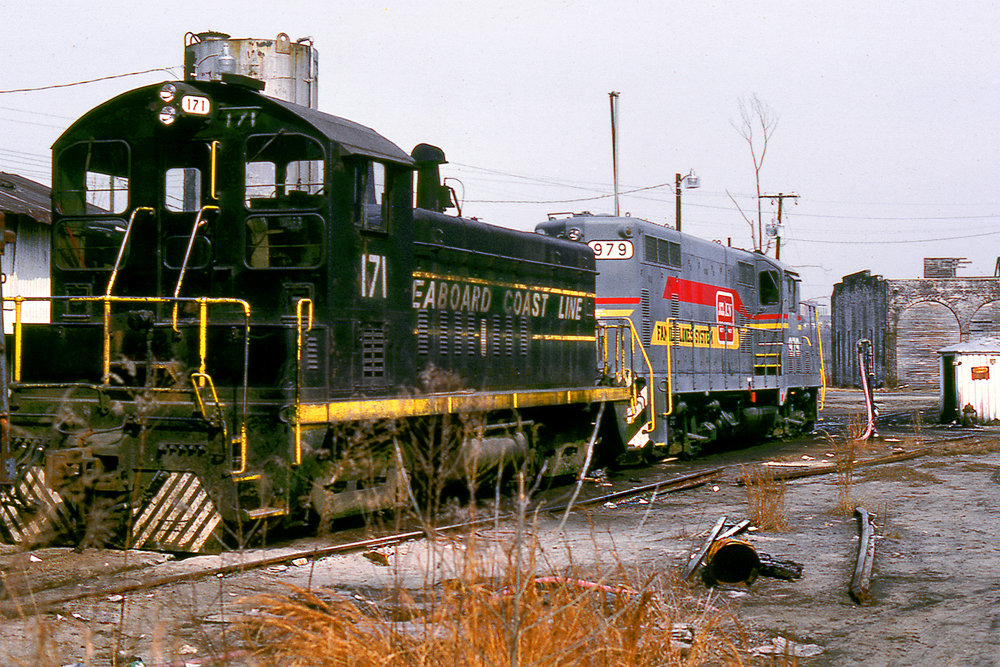
Many lacked fingers or walked with a limp, and if they survived, died far too early from the physical abuse a railroader’s body takes. They were lifers. It took 25 years of seniority to hold a morning yard job at Brown Street Yard on the Seaboard Coast Line Railroad in Richmond, where I made my first day. These men watched over me, thank goodness.
My young friend will spend a couple of weeks billeted in a dormitory at a training facility in Georgia. He’ll be taught the “do’s and don’ts” inside a sterile air-conditioned classroom, as well as getting his hands-on experience in a rail yard, devoid of discarded brake shoes, spikes, and burst air hoses, over which to trip and fall — as I did.
No, that will come when he “marks up” as a working railroader and enters the real world.
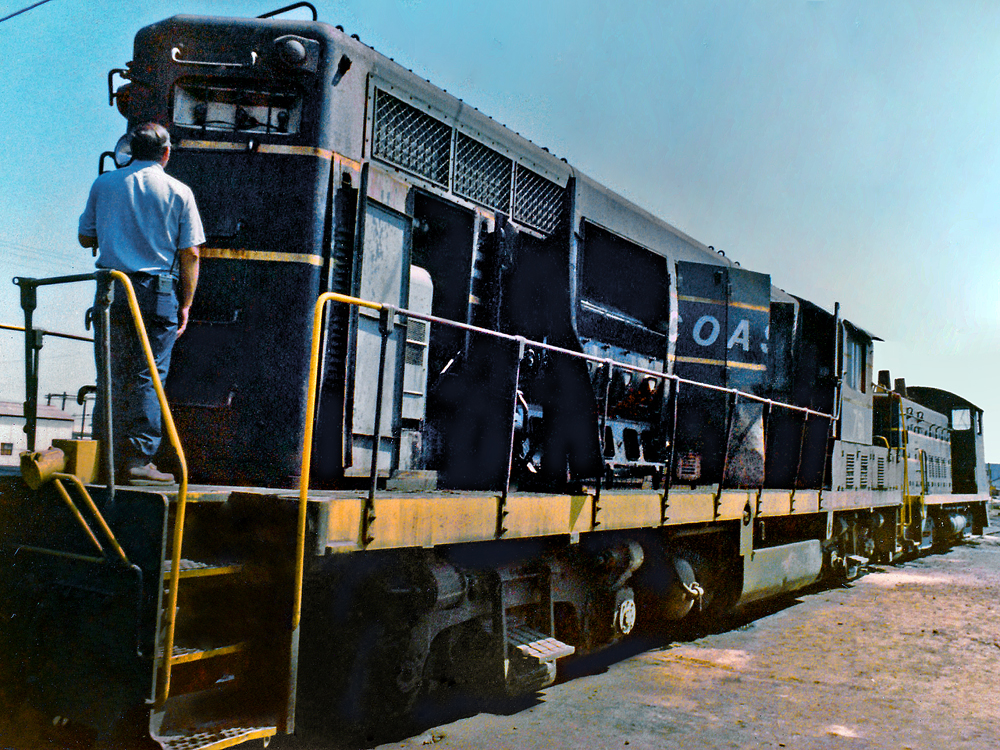
Due to the game of catch-up hiring being played out on America’s railroads, with the sudden uptick in business, after the downturn in employment because of Covid, he’ll get his initiation into the brotherhood of the steel rail from people with little more experience than he has. That scares me. Whereas I was part of a crew of four or five, sharing duties in a manageable routine, he’ll be half of a party of two — having to do the work formerly performed by several others. Pressure is also being exerted by the railroad to get the job done as quickly as possible to be competitive and profitable.
Among my mementos, I have scars on my face from a locomotive crankcase explosion that nearly killed me. I suffer from arthritis from a flailing air hose that wrapped around my wrist. I was dragged over crossties after falling off a boxcar. There is no concerted effort to work carelessly, but today’s railroads (like most businesses) rely on a combination of statistics and pure blind luck — then roll the dice.
Unfortunately, the consequences of making bad bets in our industry can be, and usually are, devastating.
Check out the previous column, “From the Cab: Amtrak’s ‘Hilltopper'” from retired Amtrak Engineer Doug Riddell.






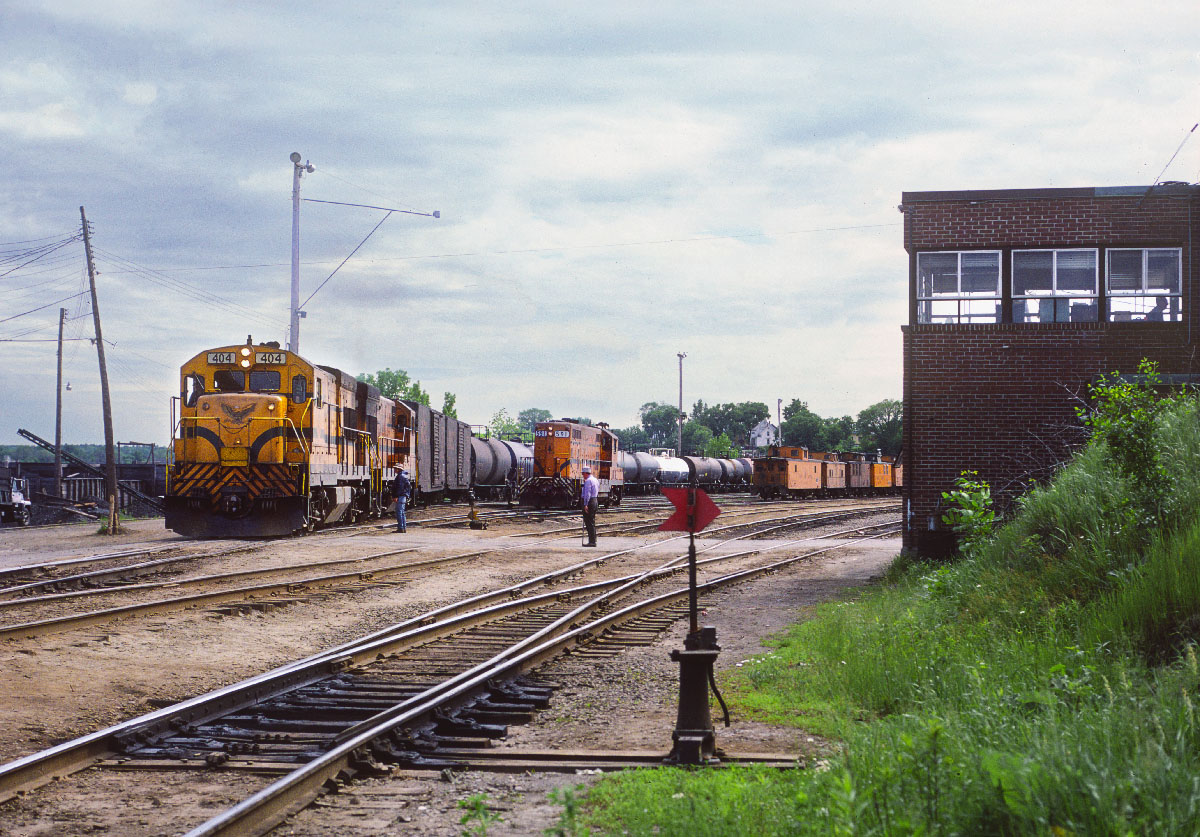
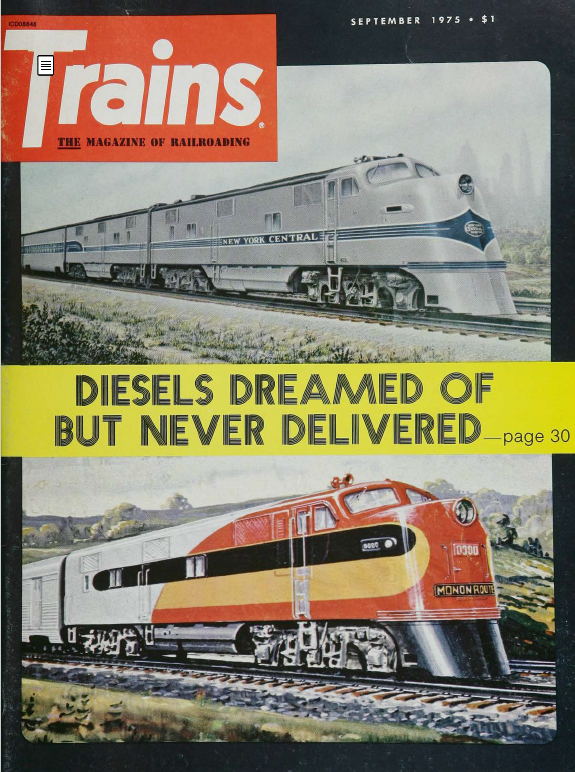

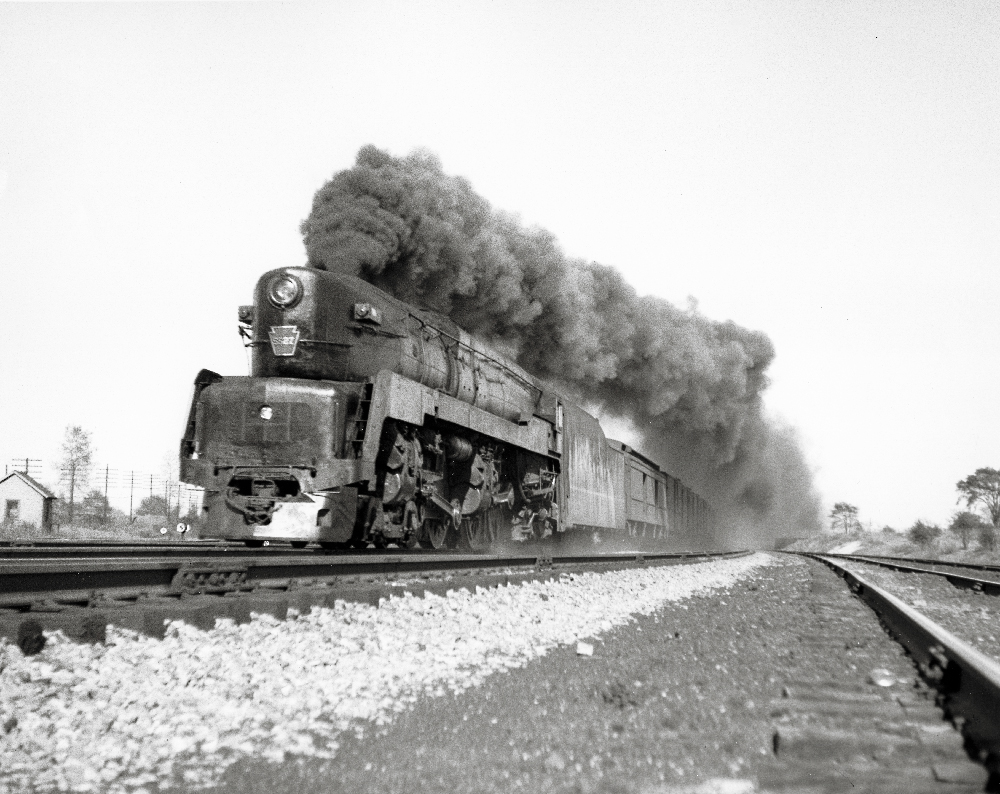




Thanks for the comments.
James Shoemaker, my first morning as an engineer, I was called for a yard job, and our first move was to take a cut of cars set out by a thru freight, and switch them for local delivery. I was at the throttle of a brand new MP15AC, 4215 (a typical EMD switch engine, with the cab at one end.) We went to the opposite end of the yard, pulled out onto the switching lead, and the very first move was to “kick” a car into another track–only the conductor forgot to throw the switch, sending me into the same cars we’d just moved. The next thing I knew, I was laying on the cab floor, water cooler laying on my chest, and the radio pack was swinging by its cable, above my head. I was taken to the ER and pronounced “bruised, but otherwise okay.” The trainmaster kept hinting that I should have been able to see that I was headed into an occupied track. I looked at him and said, “I was coupled up to a box car. I’m not Superman. I couldn’t see through it. How about you?” That was the last I heard of the incident. The conductor did get ten days in the street though.
“But for the grace of God” moments. You bring back memories of close calls and looking out for each other. My first derailment as a “cub” brakeman. The conductor training me shoved a cut of cars in the dark of night into a supposedly empty track. I will always remember the sound of steel being tortured and the vision of covered hoppers raising up off the tracks and us running. He got some time on the street but protected me by claiming I was up with the engineer.
Or a frustrated young conductor who was having a bad day switching. He lined the switch and radioed for me to back up all the while walking in the gauge ahead of me. It is a very dangerous environment that requires constant vigilance and it only takes one errant thought, one wrong misstep to inflict a heavy price
As they say, all “Safety regulations are written in blood…” The blood of injured workers with severe cuts and bruises, broken bones, severed limbs and death…
It’s an unforgiving job to be sure!
It would be great working on the high iron on a 70 degree sunny day. I got to take care of those working on the cold and icy nights that slipped on wet ballast twisting ankle or worse.
Good story and great lessons, just a quick review of You Tube, the world is full of people making poor/silly choices when it comes to safety. Thanks for your article.